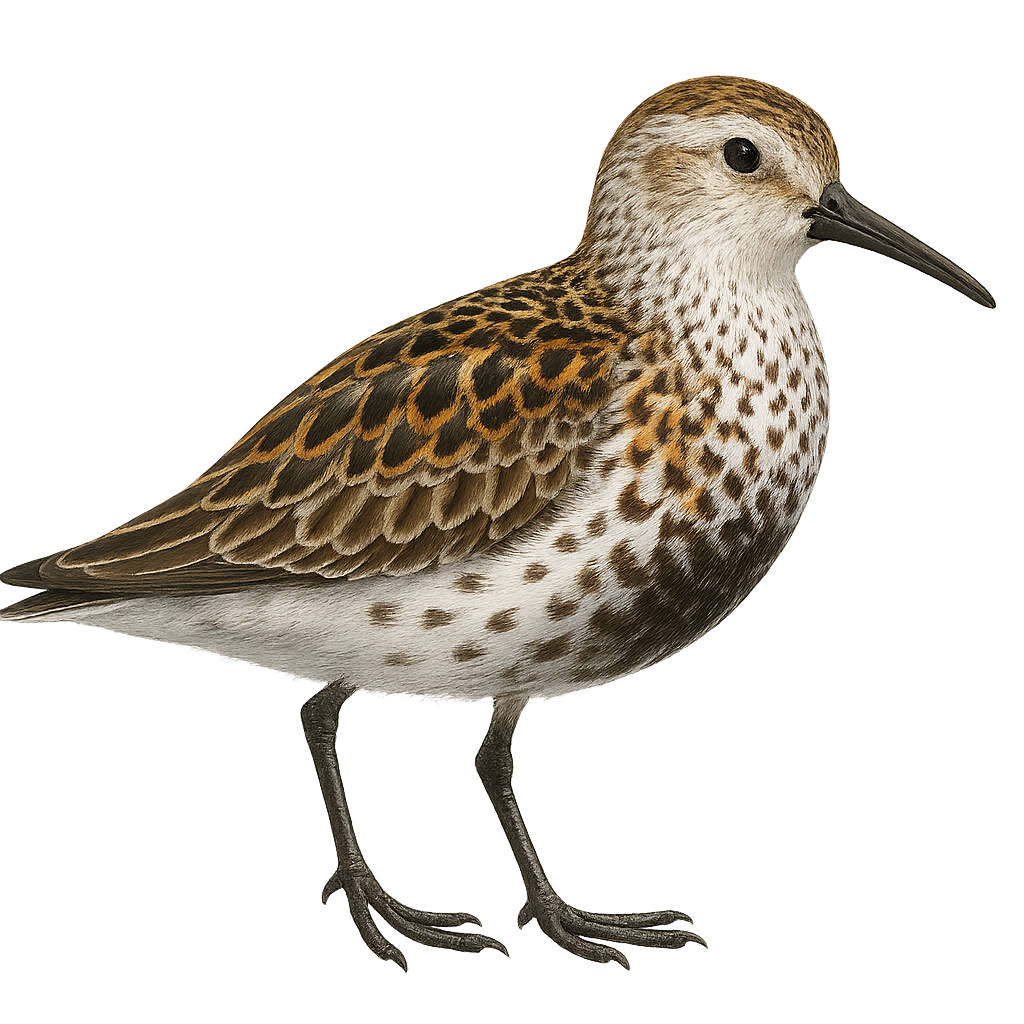Your wildlife photography guide.
Explore the rock sandpiper in detail, study its behavior, prepare your shots.
Where to observe and photograph the rock sandpiper in the wild
Learn where and when to spot the rock sandpiper in the wild, how to identify the species based on distinctive features, and what natural environments it inhabits. The WildlifePhotographer app offers tailored photography tips that reflect the rock sandpiper’s behavior, helping you capture better wildlife images. Explore the full species profile for key information including description, habitat, active periods, and approach techniques.
Rock Sandpiper
Scientific name: Calidris ptilocnemis

IUCN Status: Least Concern
Family: SCOLOPACIDAE
Group: Birds
Sensitivity to human approach: Suspicious
Minimum approach distance: 10 m
Courtship display: May to July
Incubation: 21-22 jours
Hatchings: June to August
Habitat:
Rocky coasts, beaches, salt marshes
Activity period :
Primarily active during the day, with peak activity in the morning and late afternoon.
Identification and description:
The Rock Sandpiper, Calidris ptilocnemis, is a medium-sized shorebird, measuring about 20 to 22 cm in length. It is identifiable by its brownish-gray plumage with scaly patterns on the back and streaked breast. During the breeding season, it displays a more vibrant hue with reddish tones. This bird primarily inhabits rocky coasts and beaches of Alaska and the Russian Far East. It feeds mainly on small invertebrates found by probing the sand or seaweed. A partial migrant, it sometimes winters as far south as California. Its population is stable, although locally threatened by habitat loss and human disturbances.
Recommended lens:
400mm – adjust based on distance, desired framing (portrait or habitat), and approach conditions.
Photography tips:
To photograph the Rock Sandpiper, it is advisable to use a telephoto lens of at least 400mm to capture precise details without disturbing the bird. Favor the golden hours of morning or evening for soft and flattering light. Be patient and discreet, approaching slowly to avoid scaring it away. Observing its behavior can help you anticipate its movements and capture dynamic shots.
The WildlifePhotographer App is coming soon!
Be the first to explore the best nature spots, track rutting seasons, log your observations, and observe more wildlife.
Already 1 427 wildlife lovers subscribed worldwide

